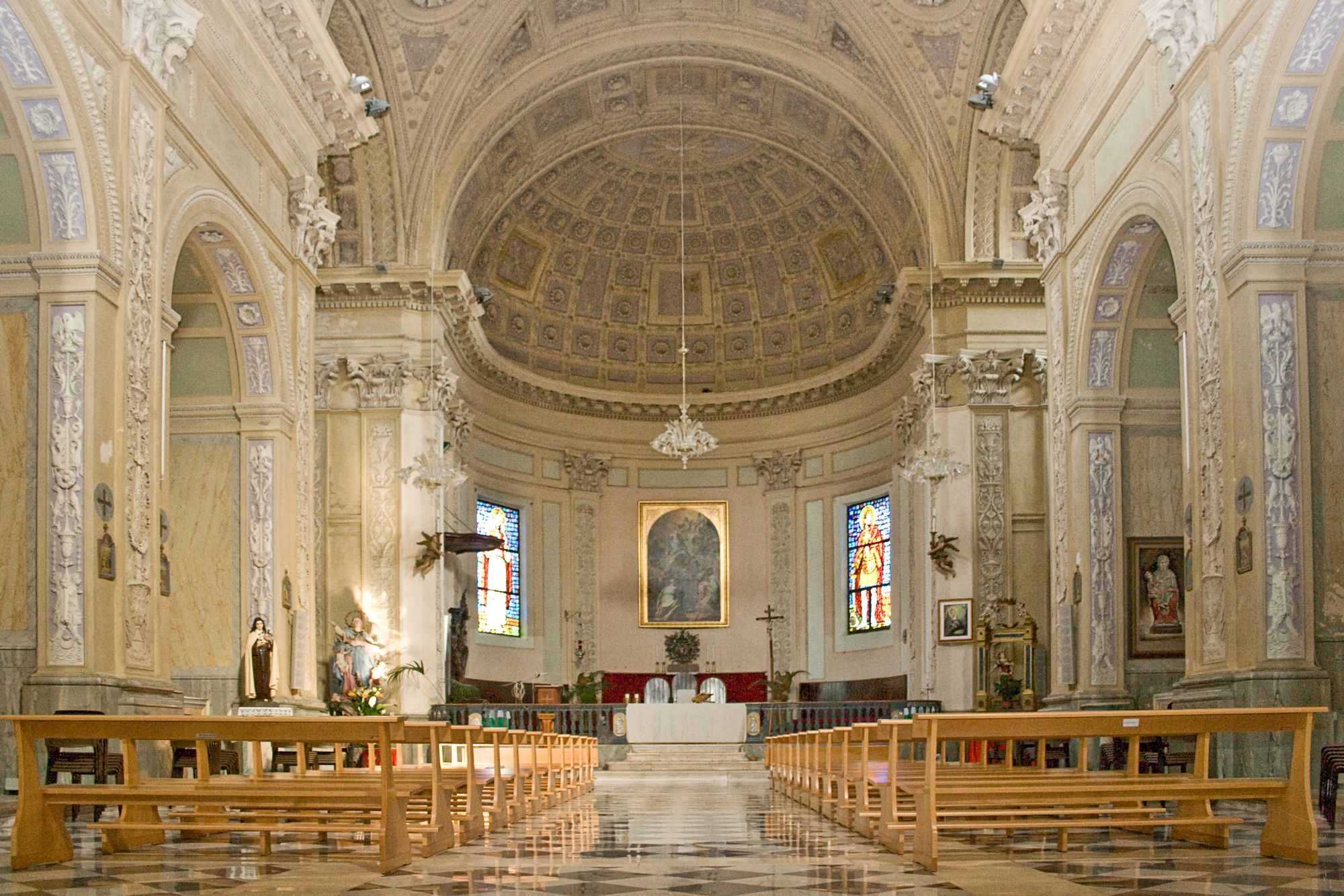
Collegiate Santa Maria Assunta is considered one of the most beautiful churches of the 18th century in the Lazio region. Majestic and imposing in a dominant and central position is so old that the exact date of its foundation is unknown. The original building dates back to the end of the 11th century. The current structure of the church is the result of various transformations that took place over the centuries. The first document, attesting to the existence of this church, is a bull of 1290 issued by Pope Bonifacio XIII, who granted indulgences to those who had made donations for the renovation of this sacred building. Originally of a squat shape it was restored on various occasions in the following centuries.
Important were the works of expansion and rearrangement of the architecture carried out in 1574 that made it the Church “the most distinguished of the whole diocese” according to the definition of the then bishop of Anagni, Lomellini. In 1870 the Papal State financed with 17,700 shields the grandiose restoration work that gave the current form of the church, endowing it with the rich stucco decoration that characterizes the interior. A particularity is constituted by the monarchic star hidden by a vase in the part of the columns, while the eagle symbol of the monarchy in an attitude of evident superiority is opposed to a crow, symbol of the clergy, who frightened loses his excrement.
Of particular artistic interest of the 18th century are the altarpiece of the high altar depicting the Assumption of the Virgin, Sant’Antonio Abate, the Madonna del Salvatore, the altarpiece of S. Maurizio, the painting by S. Carlo Borromeo and the bronze tabernacle cast in wax by the academic Ranocchi.